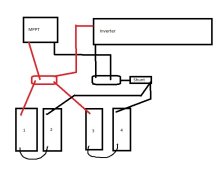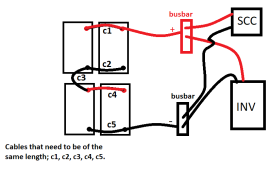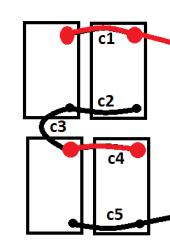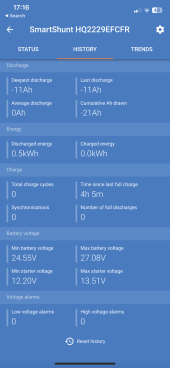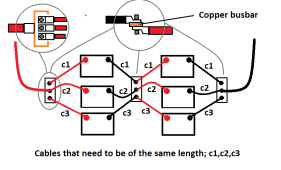This is the probably best way to start saving money on your electricity bill.
I don't know much about wind power, but my impression is that it's not that great from what I've been reading about it. Worth taking time to ask folks that are using it or have tried it.
Happy to help, as much as I can

Indeed, decisions decisions. Solar is sort of addictive, once you go down that rabbit hole, you just want to keep upgrading, expanding, and improving your system

You now have a pretty good idea of what your solar system can be one day for the amount of space you have to use for it. A clear roadmap.
Having a clear view of the full potential of your installation will help you not to waste money nor time, on things(components, etc.) that can't be used to expand on, or get you closer to what you want to have in the end.
However, it's important to understand that this is a high-level system design, sort of speak. A part of the top-down system design refinement.
Anyhow. I would suggest taking the time, taking a step back and processing all the information, and deciding where you want to go from here.
From there, you can start taking the time to learn about any and all of the lower levels of the design; components (like battery, SCC, inverter etc.), how it works, how to calculate things electricity-wise, DC AC, good practice, safety, and so on and on.
Ask questions on this forum and FB groups, and ask lots of questions!
As you expand your knowledge base and understanding of each individual component and how it works/interacts with the rest of the system, the math behind it, you'll be more and more capable to build, operate, repair, and maintain your system in the safest manner possible. You'll be a pro in no time

Start small, expand your knowledge and understanding of things both in the theory behind it and the practical experience, and grow your competence along with the system's capability is probably the best advice I could give.
Hope it helps.
Best,
D.




